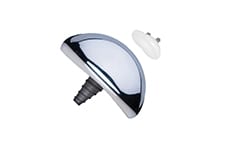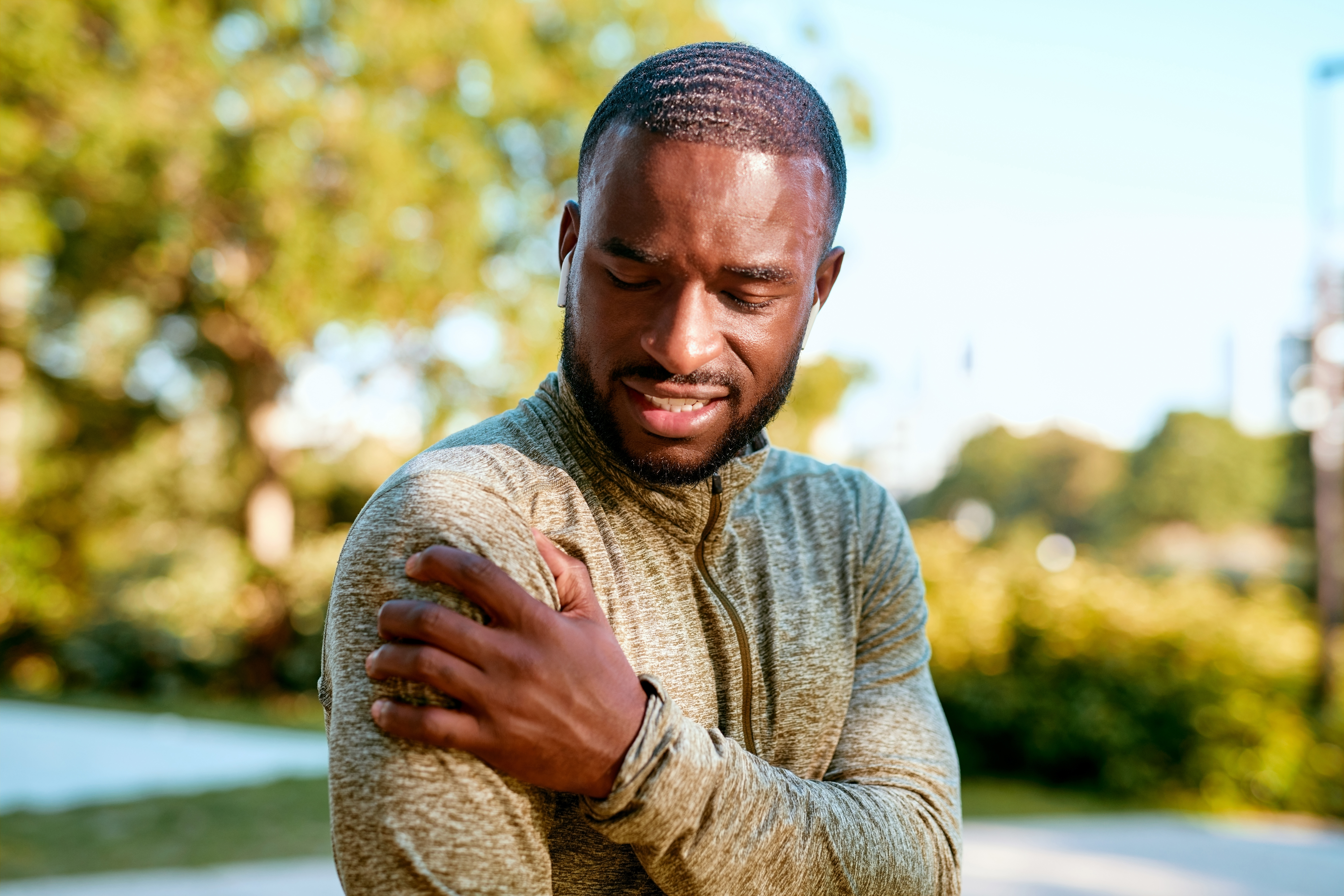Have you been told that you need a shoulder replacement? Many patients are unaware of all the treatment options available to them, many having post-operative limitations. Patients should feel comfortable with their post-operative expectations. For example, after a traditional total shoulder replacement, some range of motion will be lost and a weight restriction is typically given. It is important to ask your surgeon the right questions, so you are receiving the appropriate surgical procedure suitable for your injury and lifestyle. At Arthrosurface, we want the best outcomes for our patients, so we’ve put together a helpful list of questions for you to ask your surgeon.
Questions for Your Shoulder Surgeon
Having surgery can be very stressful and we want you to feel prepared. Click the button below to find a list of questions that you should ask prior to shoulder surgery that we’ve compiled for your convenience. You can save this list to your phone, making it easy for you to pull up at your next consultation.

What Makes Us Different
With the Arthrosurface Shoulder Restoring Systems, the surgeon only restores the damaged area of your joint.
There is a significant group of people with early joint disease and cartilage damage that have failed treatments. These people are younger, physically active and have lifestyles that don’t permit significant downtime. They are searching for Stay Active® Joint Replacement implants that are less invasive and preserve lifestyles. The surgical procedures for our joint preservation implant systems can be performed on an outpatient basis that allows a shorter hospital stay and quicker recovery! Other benefits include:
-

OVOMotion™ Shoulder Arthroplasty System with Inlay Glenoid No activity restrictions
- Increased range of motion and reduced pain levels
- Implants fit to a patient’s joint size and shape
- The implants are placed into the bone rather than on top, leaving the natural anatomy of the joint intact
Find a Doctor
Find a Physician in your area by using our Find the Doctor tool. Don’t see anyone in your area? Contact Us and we will be happy to help!




